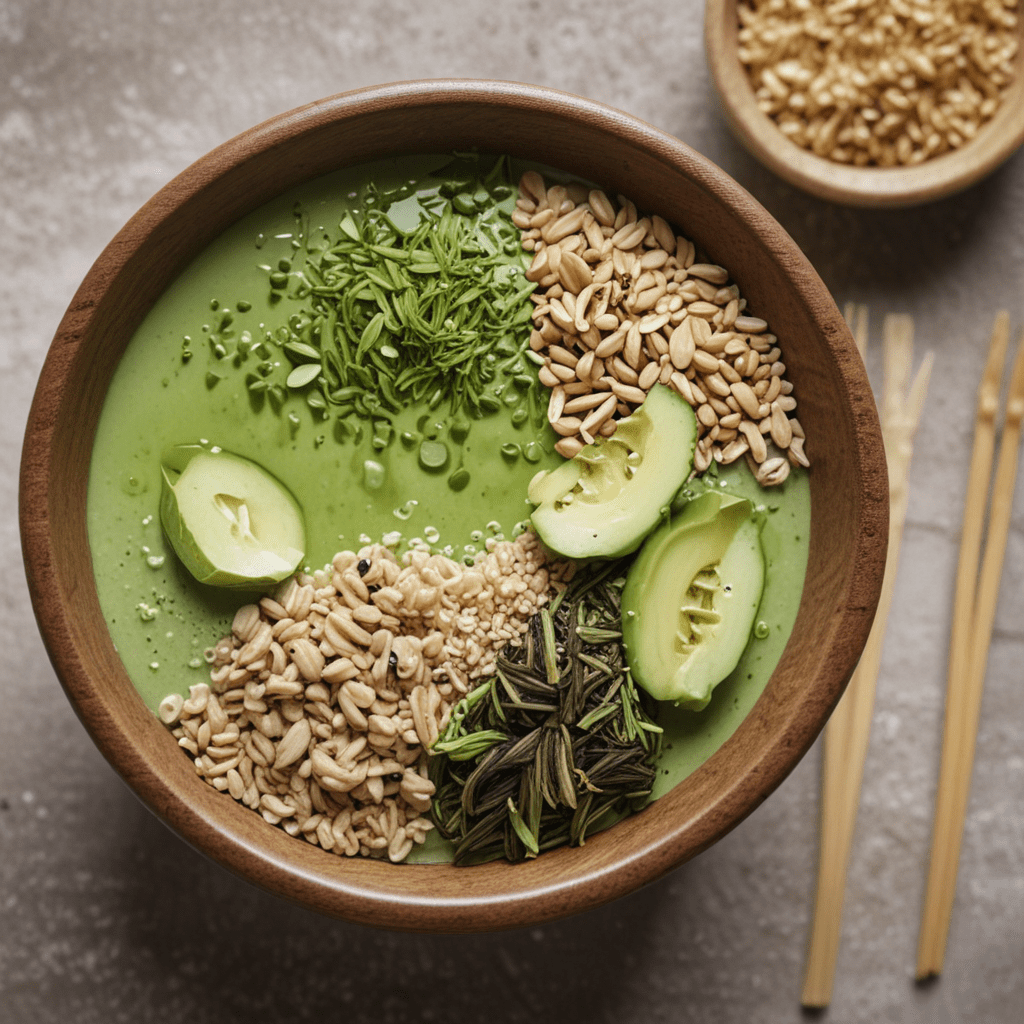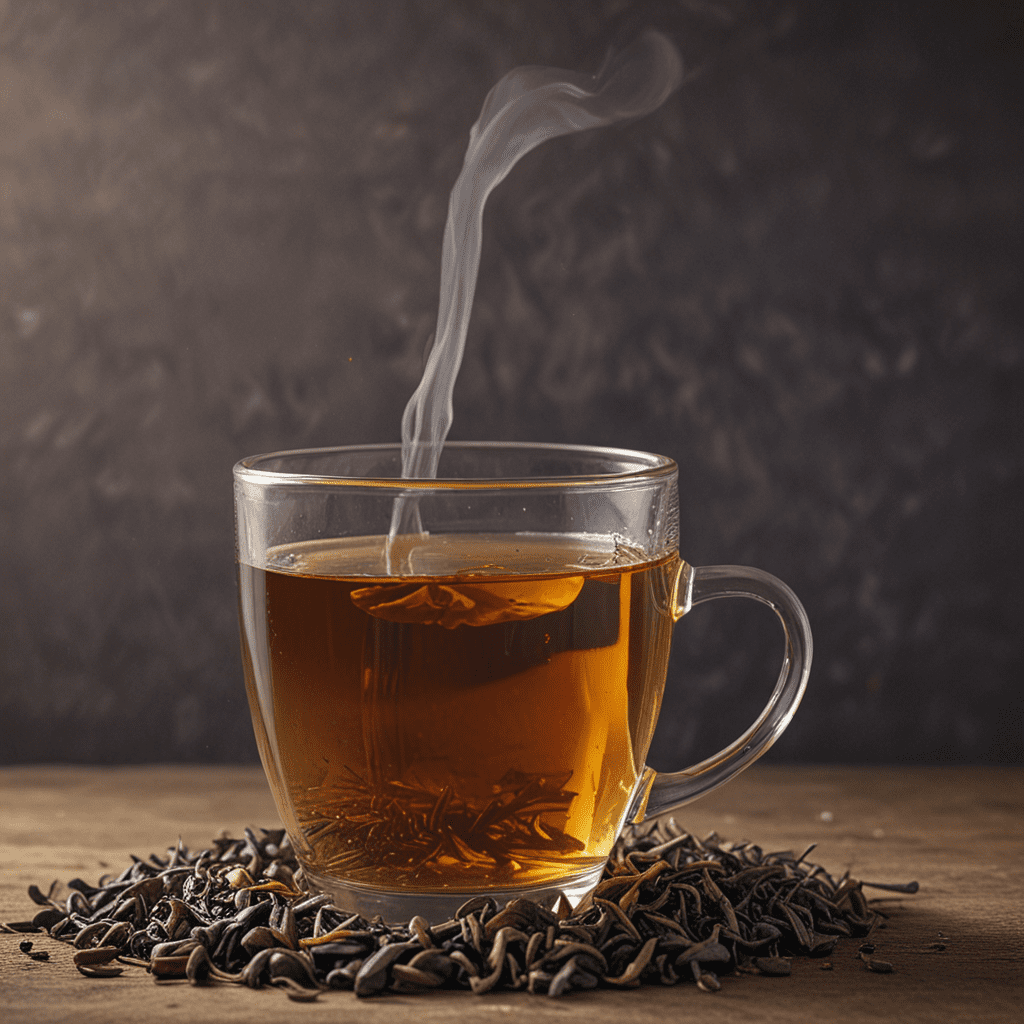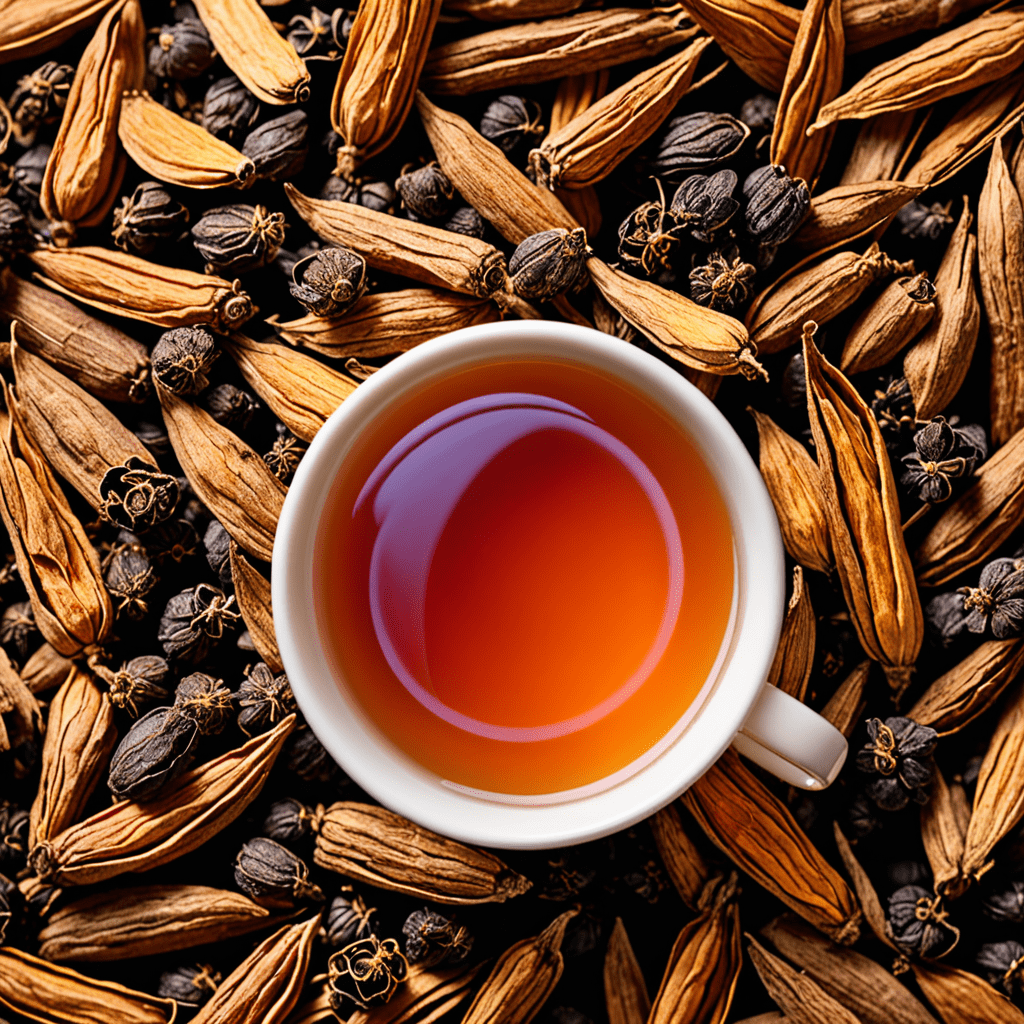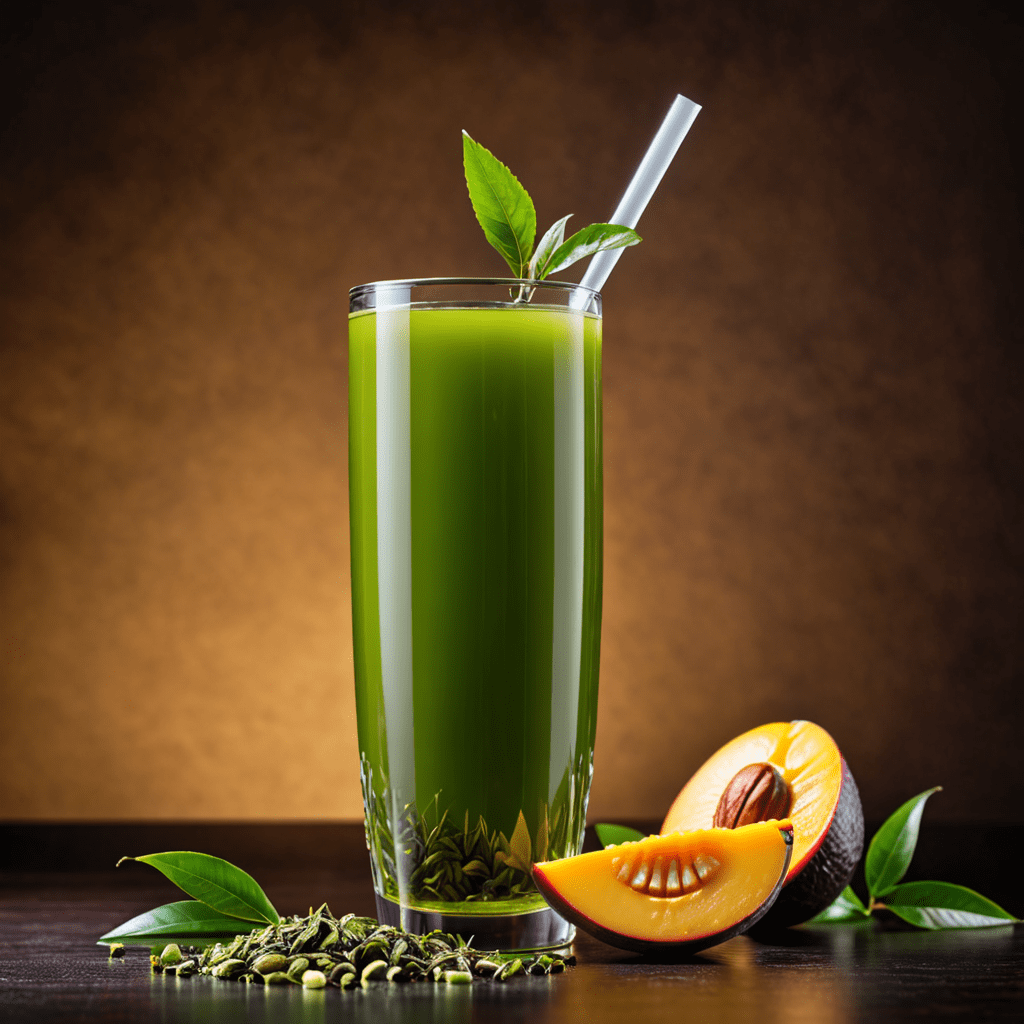1. The Rise of Matcha: A Green Tea Sensation
Matcha, a finely ground green tea powder, has taken the world by storm. Originating in Japan, matcha boasts a rich history deeply intertwined with traditional tea ceremonies. In recent years, its popularity has surged globally due to its versatility and exceptional health benefits. Matcha's vibrant green hue, earthy flavor, and concentrated nutritional profile have made it a sought-after ingredient in various culinary creations.
2. From Tea to Cuisine: Exploring Matcha's Culinary Versatility
Matcha has transcended its traditional tea-brewing origins, making a remarkable transition into the culinary realm. Its unique flavor and vibrant color have captured the attention of chefs and home cooks alike. Matcha's culinary versatility knows no bounds, as it enhances both sweet and savory dishes, from lattes and smoothies to cakes, cookies, and ice cream. Its ability to add a touch of elegance and a boost of antioxidants to various recipes has made it a favorite among food enthusiasts.
3. Grain Bowls: A Base for Wholesome Creations
Grain bowls have become a staple in the world of healthy and wholesome meals. These versatile dishes provide a balanced combination of grains, vegetables, proteins, and healthy fats. The base of a grain bowl typically consists of cooked grains such as quinoa, brown rice, or farro. These grains offer a complex carbohydrate source, providing sustained energy throughout the day. The addition of vegetables, such as roasted broccoli, grilled zucchini, or sautéed spinach, adds a vibrant pop of color, essential vitamins, and minerals to the bowl.
4. Matcha-Infused Grains: Unlocking Unique Flavors and Benefits
Infusing grains with matcha powder elevates the nutritional value and flavor profile of grain bowls. Matcha is rich in antioxidants, including catechins and EGCG, which have been linked to various health benefits. Incorporating matcha into grains not only enhances the overall antioxidant content of the meal but also imparts a subtle, earthy flavor that complements the natural sweetness of the grains. The addition of matcha to grains transforms a simple grain bowl into a flavorful and nutrient-packed meal.
5. Vibrant Vegetables: A Rainbow of Colors and Nutrients
Vegetables are the cornerstone of any well-balanced grain bowl. They provide an array of essential vitamins, minerals, and antioxidants, which are crucial for overall health and well-being. A colorful mix of vegetables not only adds visual appeal to the bowl but also ensures a diverse range of nutrients. Roasted sweet potatoes, grilled asparagus, and sautéed mushrooms are excellent choices for adding a variety of flavors and textures to a grain bowl.
6. Protein Power: Lean Meats, Pulses, and Plant-Based Options
Protein is an essential macronutrient that supports muscle growth, repair, and satiety. Grain bowls provide an excellent opportunity to incorporate various protein sources. Lean meats, such as grilled chicken, fish, or turkey, add a boost of high-quality protein to the bowl. Pulses, including lentils, beans, and chickpeas, offer a plant-based protein alternative that is rich in fiber and essential amino acids. Tofu and tempeh are also excellent plant-based protein sources that can be added to grain bowls.
7. Toppings Galore: Crunch, Creaminess, and Aromatic Enhancements
Toppings are the finishing touch that elevates grain bowls from simple meals to culinary masterpieces. A variety of toppings can be added to customize the bowl to individual preferences and dietary needs. Nuts and seeds, such as almonds, walnuts, and chia seeds, provide a satisfying crunch and a boost of healthy fats. Avocado adds a creamy texture and is rich in monounsaturated fats, while shredded cheese offers a savory and protein-packed topping. Aromatic herbs, such as cilantro, basil, or mint, add a burst of freshness and enhance the overall flavor profile.
8. Savory to Sweet: Matcha's Compatibility with Diverse Flavors
Matcha's versatility extends beyond savory grain bowls to sweet creations. Its earthy flavor pairs surprisingly well with sweet ingredients, making it a unique addition to desserts. Matcha-infused smoothies, cakes, cookies, and ice cream offer a delightful balance of sweet and earthy flavors. Matcha's natural sweetness allows for reduced sugar content in desserts, promoting a healthier indulgence.
9. Matcha Sauces: Elevate Bowls with Green Tea Drizzles
Matcha sauces are a delectable way to elevate grain bowls, adding a touch of elegance and a burst of green tea flavor. Homemade matcha sauces can be made by whisking matcha powder with a liquid base, such as water, milk, or coconut cream. These sauces can be drizzled over grain bowls, providing an extra layer of flavor and antioxidant benefits. Matcha sauces can also be used as a dip for fresh fruits or vegetables.
10. Presentation Perfection: Creating Visually Stunning Bowls
Presentation is an important aspect of creating visually appealing grain bowls. Arrange the ingredients in a visually pleasing manner, ensuring a balance of colors, textures, and heights. Use colorful vegetables, fresh herbs, and contrasting toppings to create a vibrant and inviting bowl. Consider the overall shape and composition of the bowl, striving for a harmonious arrangement that showcases the beauty of each ingredient.
Frequently Asked Questions (FAQ)
Q: What are the health benefits of matcha?
A: Matcha is rich in antioxidants, including catechins and EGCG, which have been linked to improved heart health, reduced inflammation, and increased metabolism.
Q: Can I substitute matcha powder with regular green tea leaves?
A: No, matcha powder and regular green tea leaves are not interchangeable. Matcha is made from finely ground green tea leaves, which results in a more concentrated and flavorful tea.
Q: How do I store matcha powder?
A: Matcha powder should be stored in an airtight container in a cool, dark place. Exposure to heat, light, and moisture can degrade the quality and flavor of matcha.
Q: Can matcha be consumed daily?
A: Yes, matcha can be consumed daily as part of a balanced diet. However, it is recommended to limit intake to 1-2 cups per day to avoid excessive caffeine consumption.



